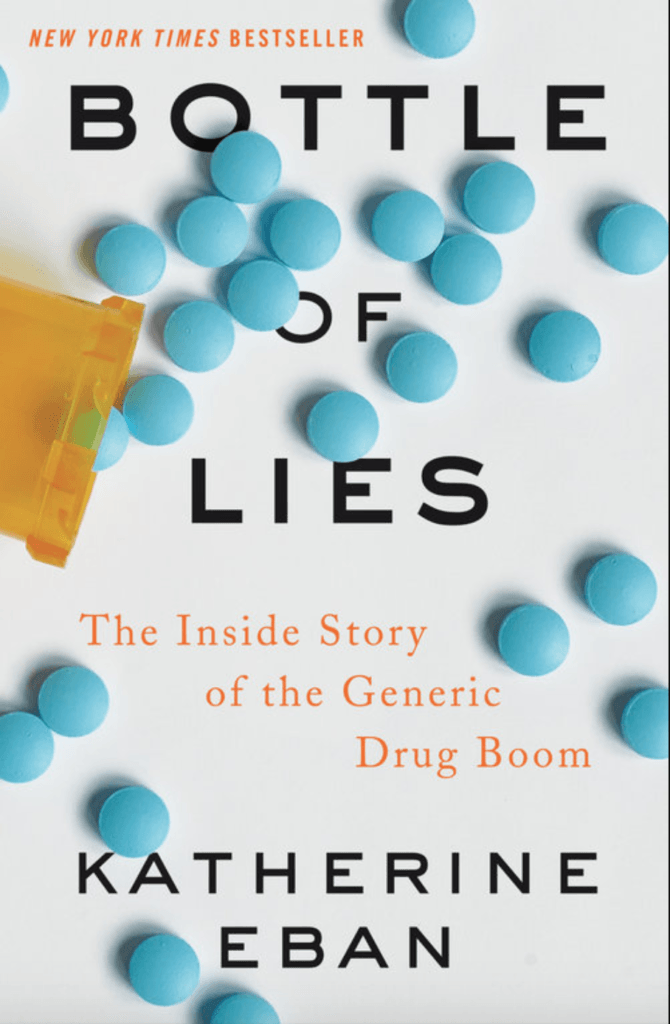Over 7,000 in-person attendees from around the world convened at the 73rd Annual AASLD Liver Meeting for a lively and momentous event in Washington DC. Surfing the NASH Tsunami hosted two recording sessions throughout the event to discuss key takeaways. This conversation is a composite featuring impressions from both sessions.
The first session features Scott Friedman, Jörn Schattenberg, Rachel Zayas and Roger Green. Jörn starts this conversation by discussing a presentation delivered by Mazen Noureddin on the developmental mitochondrial uncoupler, HU6. While mitochondrial uncouplers are not new, they are to the field of NASH. Jörn goes on to describe a short, 61-patient trial. The trial yielded large percentages of patients reducing their liver fat more than 30% – around 40% at the lowest dose and 71 or 72% at the two higher doses – and HbA1C in a medication that appeared safe in this two-month trial. Scott goes on to credit Gerald Shulman at Yale for his role in developing knowledge about mitochondria and the liver. Jörn and Roger then recall Marcus Ranney, the self-described mitochondrial fan and biohacker, who discussed his affection for and belief in the importance of mitochondria during his talk in Barcelona and a subsequent NASH Tsunami interview. As the conversation wraps up, Jörn raises the idea that a mitochondrial uncoupler might be a short-term invention at the start of a longer therapeutic regimen. Scott notes that the idea of induction therapy vs. maintenance is gaining traction.
The second part of this conversation comes from a session on the final morning featuring Stephen Harrison, Sven Francque, Jörn Schattenberg, Ian Rowe, Jeff McIntyre and Roger Green. Roger begins with discussion of the REGENERATE trial, a Phase 3 from Intercept for obeticholic acid in non-cirrhotic NASH. Arun Sanyal presented a reanalysis of the results as a late-breaker on Monday. Roger describes the change in pathology-reading technology from the original analysis, in which the entire deck was distributed randomly between two readers. The two readers represented for the consensus and adjudication process in consideration. Slides where agreement could not be reached were not used. Roger reviews his take on the important elements of the results:
Improved resolution of what now appears to be transitory LDL elevations
A slight drop in placebo performance and slight increase in high-dose performance
The latter indicates the higher dose is roughly three times as effective as placebo instead of two-fold in the original analysis. Stephen continues to comment on the larger, vastly enhanced safety database in this study. Sven notes the study suggests there may be significant benefit in halting progression even in patients who do not regress.Join The Conversation!
source


